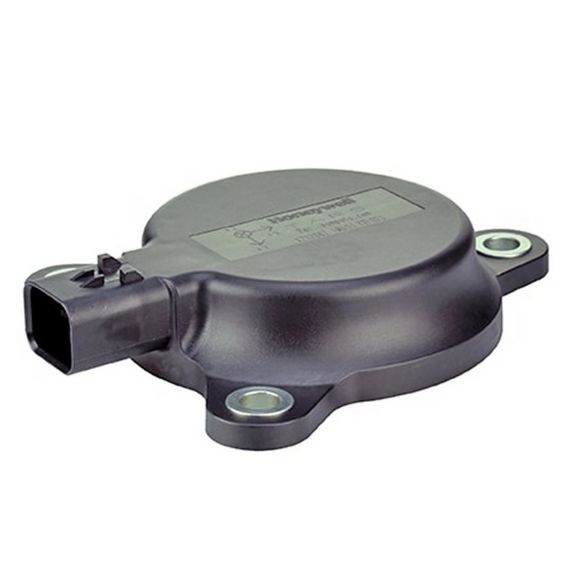Inertial Measurement Units
TARS-B Series
High performance IMU. -500 deg/sec to +500 deg/sec. 6 degrees of freedom. 9V to 36V. Small form factor.
The Transportation Attitude Reference System (TARS-IMU) is a packaged sensor array designed to report vehicle angular rate, acceleration, and attitude data for demanding applications in industries such as heavy-duty, off-highway transportation.
The TARS-IMU enables autonomous vehicle characteristics and enhances efficiency and productivity by reporting key data required to automate and monitor movements of vehicle systems and components.
The sensor fusion algorithm may be customized for specific vehicle applications via on-board firmware, allowing movement data to be filtered for extraneous environment and vehicle movements. With a wide operating voltage, the TARS-IMU can accommodate 9 V to 36 V vehicle power systems.
Communication is transmitted using industry standard CAN J1939 connectivity. As a standard, TARS-IMU is calibrated on aerospace-grade rate tables at the factory to provide enhanced calibration consistency between units.
Customization: The TARS-IMU may be customized to best meet application needs using the TARS Configurator Tool (TCT) software to change selected parameters such as independently variable message broadcast rates, orientation, filter settings, etc. This tool creates a unique configuration file which is then uploaded to the TARS-IMU for implementation.
DIFFERENTIATION
- Flexible. On-board firmware customizes the TARS-IMU to the specific vehicle for its designed application.
- Durable. With top-of-the-line sealing (IP67, IP69K), the TARS-IMU is ruggedized to withstand harsh or heavy-duty applications.
- Convenient. The TARS-IMU is delivered with customizable firmware that allows manufacturers to use a single part number across vehicles and applications. If preferred, the TARS-IMU may be pre-configured at the Honeywell factory for immediate installation out of the box.
VALUE TO CUSTOMERS
- Designed to allow vehicle manufacturers and end users to increase efficiency with the automation of repetitive movements and complex tasks
- Enables precise movement, actuation, and guidance over severe terrain and vehicle grades
- Enhances safety through monitoring and guidance capabilities to promote the productivity of operators
Data Sheet
Manuals and Guides
Installation Instructions
CAD Model
Firmware
Software
Brochure
Technical Note
Application Note
eBook
Product Photo
Others























































